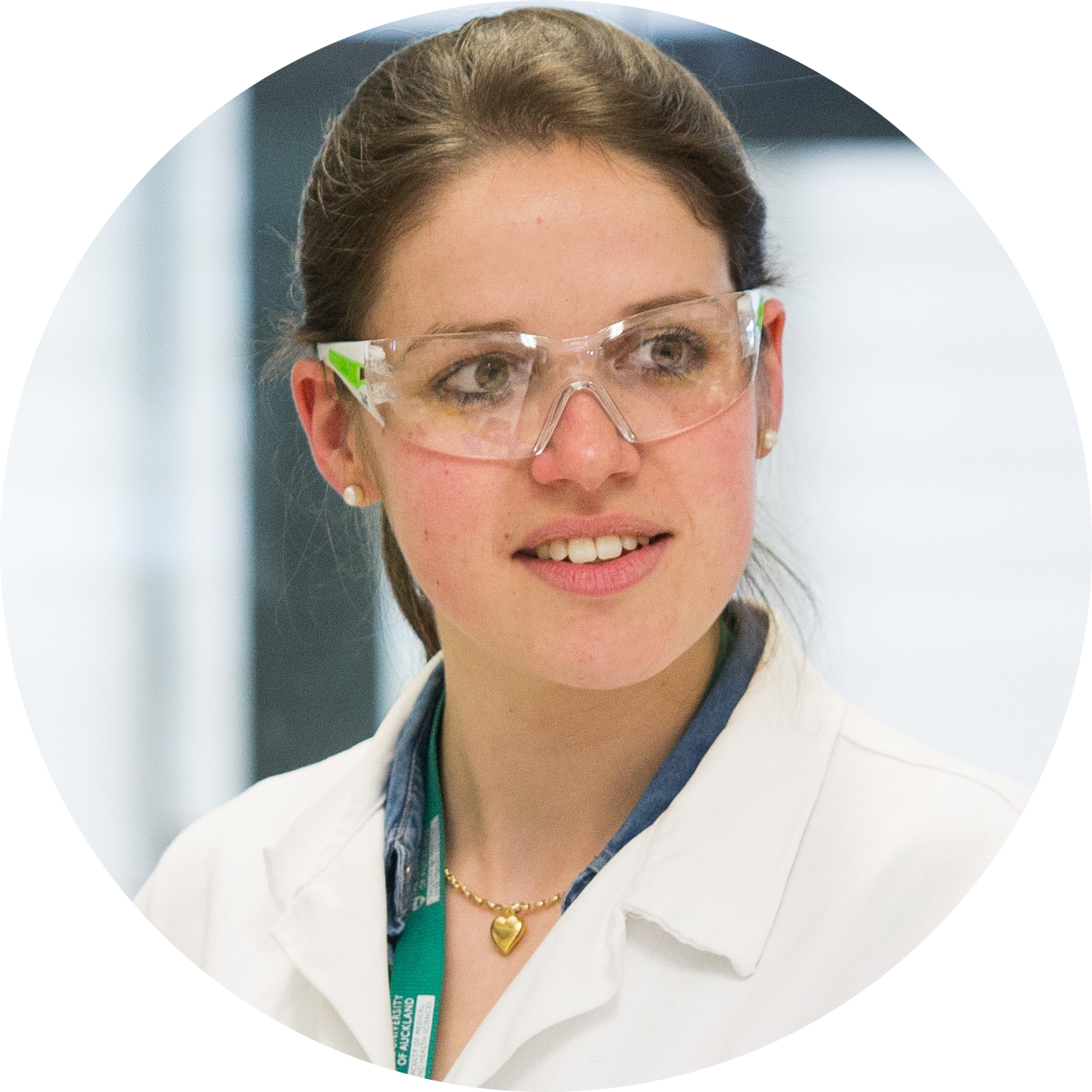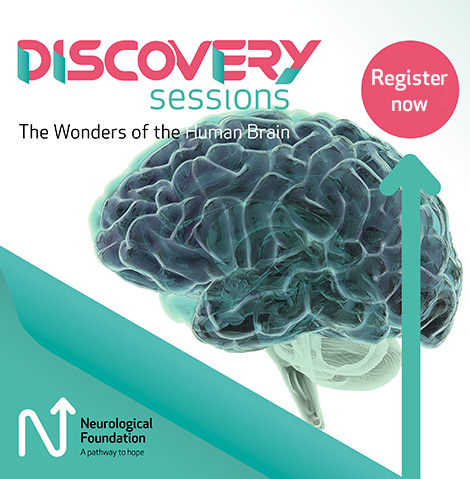Science wasn’t my number one passion when I was growing up, my family isn’t particularly scientific and I didn’t plan on becoming a scientist necessarily, I loved Mathematics!
Finishing school, I knew I wanted to go and study at university because if I’m honest, I enjoyed studying. Mathematics was a must, no doubt about that, but what would I do with my degree in Mathematics my parents asked me? With no clear answer in my mind, my parents advised me to pair Mathematics with something so I could keep my options open. Something sciencey was what appealed to me, but with the university enrollment deadline approaching, I found myself flicking through the Faculty of Science brochure reading about the possible majors that I could pair with Applied Mathematics and that is when Pharmacology caught my attention. I didn’t know much about it but studying about how drugs affect the body sounded interesting so off I embarked on my three-year Bachelor of Science (BSc) at the University of Auckland with a double major in Applied Mathematics and Pharmacology.During my first year, I had one introductory lecture which was delivered by Distinguished Professor Richard Faull. I vividly remember him standing at the front of the lecture theatre holding something in his hands and all he said was: “This is a human brain!”. That was it, my life changed at that moment as although Mathematics remained exciting and exhilarating, I then knew that the brain was what I needed to pursue. Upon completing my BSc I enrolled in 2013 into the BSC Honours program to pursue Neuroscience.
I joined Professor Bronwen Connor’s laboratory and undertook a research project in the field of cell transplantation therapy for Parkinson’s disease. This was my first exposure to cell reprogramming and I was fascinated at the fact that Bronwen and her group could directly convert (direct reprogramming) adult human skin cells into immature brain cells, called neural precursor cells, using at the time cDNA of key transcription factors expressed during human brain development. For my honours project, I looked at the ability of our directly reprogrammed human neural precursor cells to survive transplantation into an animal model of Parkinson’s disease. I not only learnt a lot more about neuroscience during my Honours year, I discovered that cell reprogramming was the field I wanted to work further in and that I wanted to undertake research that wasn’t limited to human cells but also incorporated animal work, in my case rats.

I was fortunate that Bronwen offered me a PhD position in her laboratory and the Neurological Foundation awarded me a W&B Miller Postgraduate Scholarship to enable me to undertake this PhD project. At the start of my PhD, work was undertaken in the lab altering our direct reprogramming strategy to use chemically modified mRNA instead of cDNA of the important transcription factors, which resulted in a safer and more efficient method. My PhD project, therefore, focused on tailoring our direct reprogramming method to no longer generate broad spectrum human neural precursor cells, but rather specific precursor cells that are found in specific areas of the brain which express different chemicals. This means that we no longer convert human skin cells into generalised neural precursor cells that must then turn into different types of neurons, but rather we produce different types of precursor cells that already know which type of neuron they will become. In this way, we can generate glutamatergic neurons that are relevant for studying Fragile X Syndrome, GABAergic neurons important in Huntington’s disease and dopamine neurons that are lost in Parkinson’s disease.
I learnt a lot during my PhD, not only about cell reprogramming but about myself as a person. I learnt how to deal with ‘failures’ and that unexpected results are not necessarily negative results but rather another piece to the puzzle. I realised that my years of solving Mathematical problems had set me up nicely for research, as research is a problem that needs solving and that is exactly what I love the most about Mathematics. The only difference is that in scientific research, the problem often needs to be broken down into smaller manageable and achievable problems and once the problem appears to be solved it often requires a lot of troubleshooting. My favourite! I also discovered that I enjoy teaching and sharing knowledge with other researchers. Not to mention looking down a microscope to see that what was once upon a time a population of skin cells now is a beautiful network of neurons.
Completing a PhD in the field of Neuroscience requires hard work, perseverance, stamina and creativity! Science really is an art of creativity and that is one of the things I enjoy the most.
I defended my PhD thesis in early 2018 and knew that I didn’t want my research experience to end. I absolutely adore the science the Connor Laboratory does so I approached Bronwen and was very grateful she was able to offer me my first post- doctoral position. I switched gears and worked on a Huntington’s disease project, establishing a human cell model of Huntington’s disease which I then used in a drug screening study to help clarify some of the underlying molecular mechanisms of Huntington’s and how these may be treated with a selection of natural compounds. At the same time, preliminary data that I generated towards the end of my PhD looking at the use of hydrogels as 3D supports to enhance neuronal differentiation of our directly reprogrammed human neural precursor cells formed the basis of a small project grant application which the Neurological Foundation supported. This small project grant allowed us to recruit a couple of master’s students who are carrying out this research. This work will provide a 3D human cell model in a dish and also open new avenues for future cell transplantation experiments in the laboratory.
As I complete my work on the Huntington’s disease project, this year I will begin a new post-doctoral project looking at applying our direct cell reprogramming technology to oligodendrocytes. Oligodendrocytes are important cells in the brain and spinal cord that secrete an insulating membrane called myelin that is essential for fast and efficient neuron-to-neuron communication. Disruption to myelin is involved in spinal cord injuries and demyelinating diseases including Multiple Sclerosis. This post-doctoral fellowship will be funded by the CatWalk Spinal Cord Injury Trust who collaborates with the Neurological Foundation for the interview selection. I am excited to embark on this new 2-year project and cannot wait to see where it takes me!
Thank you to the generous support the donors of the Neurological Foundation have provided throughout my career. It is graciously appreciated, and I look forward to what the future has in store.

Join us on 20 August for a Discovery Session where you’ll hear about Dr Amy McCaughey-Chapman's innovative and brilliant work.
Register now for you free ticket to this online event.






